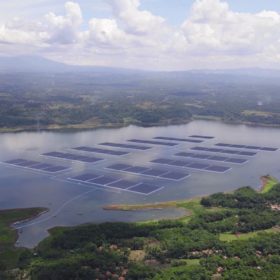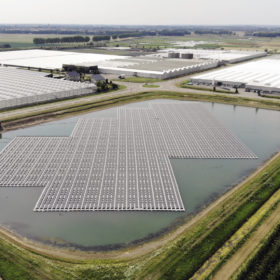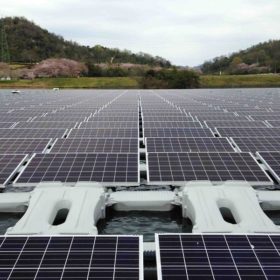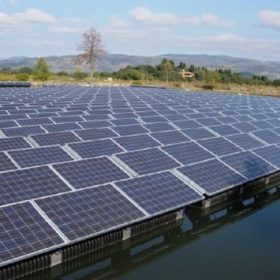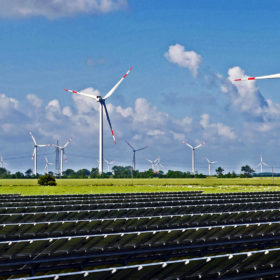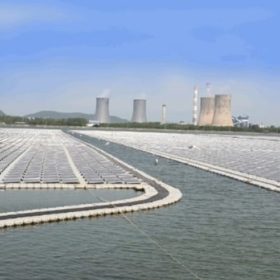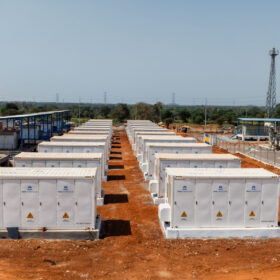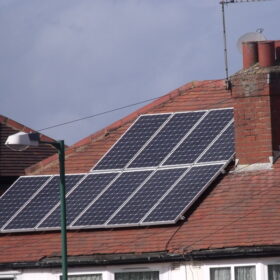Tata Power to develop 41 MW solar projects for Tata Steel
The grid-connected solar projects, to be installed at Tata Steel’s operating locations in Jharkhand and Odisha, will be a mix of rooftops, floating, and ground-mounted solar plants.
The long read: Indonesia’s largest floating PV project – under the surface
The 145 MW Cirata floating PV project achieved financial close in August. The developers claim that the array, which covers 200 hectares of the water’s surface, is an example of transferring new technology that will pave the way for Indonesia’s solar industry and enable the setting of new policies.
ReNew Power expects to commission 3 MW floating solar project before December
The floating solar plant, located at Meghadrigedda reservoir in Visakhapatnam, occupies 0.005 sq. km out of 5 sq.km of the reservoir area.
Consultant sought for 250 MW DC floating solar project in Telangana
State-owned coal miner The Singareni Collieries Company Limited has invited bids from project management consultants for its 250 MWp DC floating solar power plant in Telangana. The selection will be made through domestic competitive bidding followed by reverse auction.
BHEL commissions India’s largest floating solar plant
The state-owned engineer and solar EPC has commissioned a 25 MW project at NTPC’s Simhadri thermal power station, in Andhra Pradesh.
Responsible land-use for solar, wind plants could smooth the path for India’s energy transition
India will require large swaths of land for the huge expansion of renewable energy capacity over the coming decades. The energy transition requires planning for proper siting of these plants and solutions like agrivoltaics, distributed energy systems, and offshore wind to reduce land-use conflicts.
Goa invites EoI to set up floating solar plants at four dam locations
Developers have until September 30 to lodge their interest to install grid-connected floating solar plants on the water reservoir surface at Salaulim, Amthanem, Anjunem, and Chapoli Dams in the Indian State of Goa. Their scope of work also includes assessing the floating solar potential at each of these locations.
NTPC commissions India’s largest floating solar project
The state-run energy company has commissioned a 25 MW plant on the reservoir at its Simhadri thermal power station, in Andhra Pradesh. The installation features more than 100,000 solar modules.
NHPC tenders 100 MW floating solar EPC in Odisha
The grid-connected floating solar project shall come at Rengali reservoir in the Angul district of Odisha. Bidding closes on October 7.
Sunseap announces 2.2 GW floating PV project at Indonesian water reservoir
If built, the project would be the world’s largest floating PV power plant and would reach the same capacity as the largest ground-mounted facility currently in operation.

